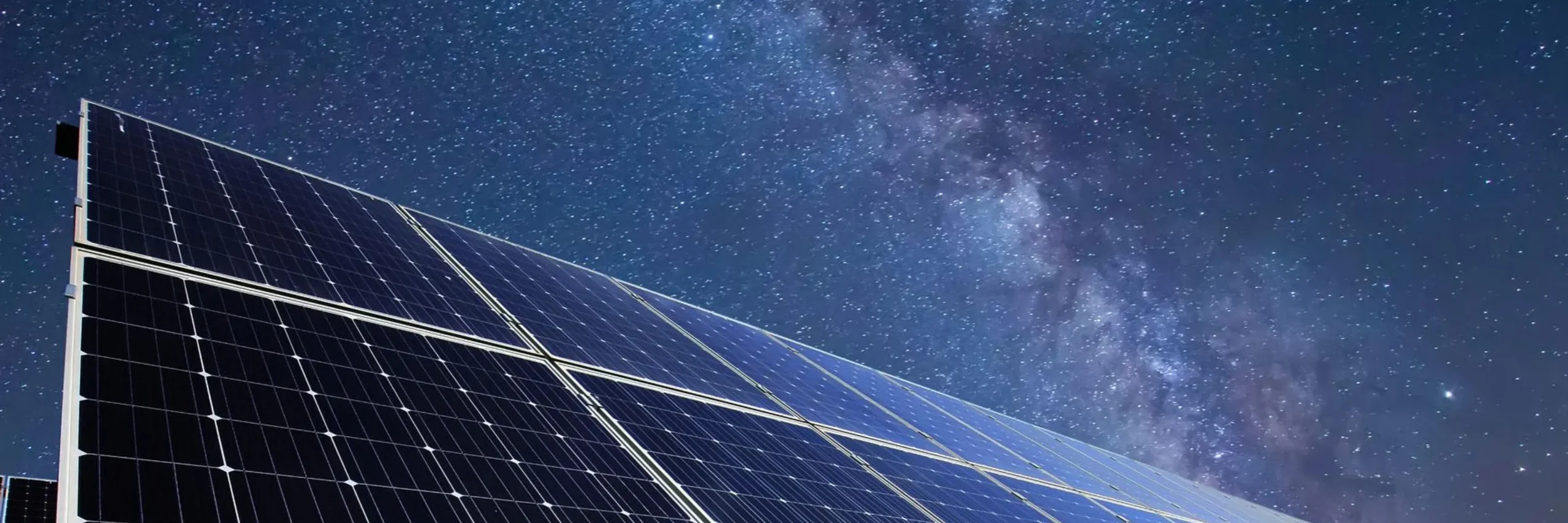Engineers at Stanford University have taken solar panels to the next level by creating a solar cell that can still produce electricity despite operating during the night.
These new panels work on a thermoelectric generator which coverts temperature differences into electrical energy. Protocol simplified the meaning by saying that the generators capture energy that radiates off solar panels into the night sky which is known as radiative cooling.
Lead engineer and researcher Sid Assawaworrarit provided further detail on how the solar panels work, even though they’re not receiving sunlight in the dark.
“During the day, there’s a light coming in from the sun and hitting the solar cell, but during the night, something of a reverse happens,” Assawaworrarit said.
“That’s because solar panels — like everything warmer than absolute zero — emit infrared radiation.
“There’s actually light going out [from the solar panel], and we use that to generate electricity at night.
“The photons going out into the night sky actually cool down the solar cell.”
Assawaworrarit mentioned that the idea was difficult in the beginning.
“We got stuck quite a bit in the beginning because the number that we got early on was nowhere near what we expected,” he said.
“A solar cell is actually not a very good heat conductor.”

Their breakthrough came when they realised heat was escaping at the edge of the solar panel. They fixed it by putting an aluminium plate underneath to stop the heat dissipating in which Assawaworrarit said “looking back, it sounds straightforward” but at “that point, it wasn’t obvious.”
According to the Clean Energy Council, solar systems of up to 100 kWs were responsible for about 23.5 per cent of clean energy while it accounted for 6.5 per cent of total electricity used by Australians.
The organisation also says that more than three million houses have rooftop solar panels with most found in the ACT suburb of Macgregor. Statistics reveal that purchases have increased by more than 35 per cent in the past three years.





